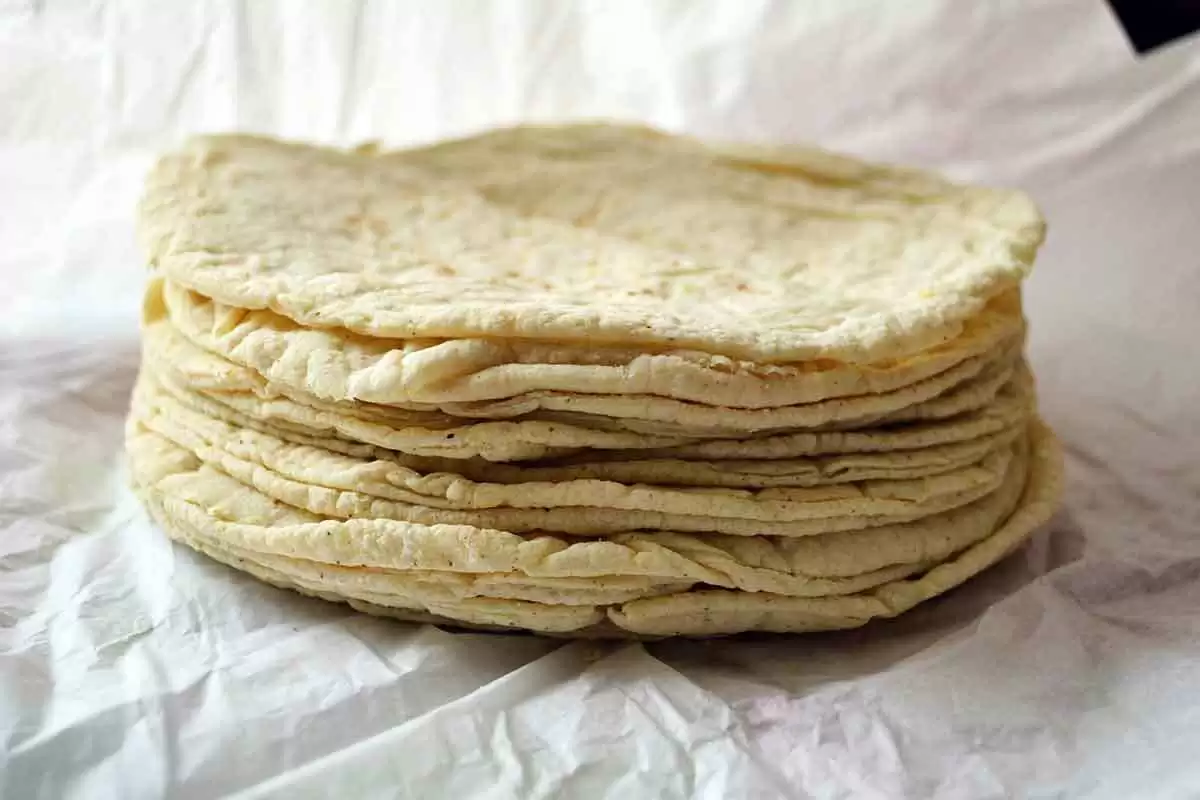
Celiac.com 12/25/2020 - When you think about it, most cultures have some kind of wrap or tortilla. The Mexicans and Brazilians offer corn tortillas, Thailand has a rice tortilla, China has wheat tortillas for Moo Shu, the French have crepes and Socca made from chickpea flour. Ethiopians have teff tortillas. Nepalese have chappatis made from amaranth flour. Thank heaven, here in America there are gluten-free tortillas we can buy off-the-shelf. Candy’s Corn tortillas and Food for Life rice tortillas are gluten-free staple foods in my kitchen, but there is nothing more comforting than a homemade tortilla. The gluten-free world needs its own tortilla! Let’s call our tortilla the “Alternative” tortilla, to signify a gluten-free safe-to-eat tortilla. This may catch on—imagine going into Chipotle and saying, “I’ll have mine on the “Alternative”…
While exhibiting at gluten-free conferences this past year numerous people asked me if I could offer a recipe for a tortilla. Some seemed a bit intimidated about making a tortilla, so I hope this article will diminish all fears and equip you with tortilla techniques to help you feel empowered not only to make the recipe provided below, but to expand, experiment and customize your own recipes.
Tortilla Ratio
Celiac.com Sponsor (A12):
If you’d rather eat a bug than cook, making tortillas is for you! The standard process is simple. Mix together liquid, flour and salt into a ball. Roll it or press it into a round, flat tortilla and cook it. The ratio is simple too:
- 2 cups flour
- 1 cup liquid
- 3 Tablespoons oil
It’s just a little different for gluten-free. Since we don’t have gluten—an elastic-like protein to hold everything together, we add xanthan gum. Optionally, if you want a more puffy tortilla, you can add baking powder.
With gluten free baking in general, it’s best to use a combination of flours, but since tortillas are “flat bread” most gluten-free flours will work fine by themselves. On the other hand, using several different flours boosts taste and nutrition. I prefer to make mine with mostly whole grains such as sorghum, brown rice, amaranth, quinoa, buckwheat, millet or teff flour.
If you know you are going to need 2 cups of flour, think of one as the stabilizer and the others as enhancers. The stabilizer should represent 50% of the flour in the recipe. Sorghum and rice flour are the two most common stabilizer flours. Sorghum flour yields a smooth, light texture whereas rice flour is coarser. I love the texture of baked items made with both. The other flours you choose can make a dramatic difference in the outcome. Enhancer flours make up the other 50% and include teff, amaranth, nut meal, bean flour, starchy flours or quinoa. These can be mixed and matched—25% of one, 25% of another.
Alternative Flours
Sorghum flour is the workhorse of gluten-free baking. I think of it as the primary flour for most baked goods and build around it.
Brown Rice Flour is the other workhorse / stabilizer flour. It is considered a whole grain. Some manufacturers grind whole grain rice flour more finely. For example, Authentic Food’s brown rice flour yields an item with a smoother texture than Bob’s Red Mill’s brown rice flour. Both are good, depending on the outcome you desire.
Teff is considered one of the highest protein grains. It is high in fiber and carbohydrates. Considering that the world’s best marathon runners come from Ethopia and their staple grain is teff, athletes would be well-advised to incorporate teff into their diets.
Amaranth and Quinoa flour can be dry-toasted in a pan which adds a nutty taste to the tortilla. Just add the flour to a sauce pan and turn the heat on medium/high. Keep the flour moving until it turns brown. Cool and use in the recipe.
Buckwheat, in spite of its name is not derived from wheat. It adds a distinctive taste and light texture to baked goods.
Tapioca Flour is made from my favorite root—the yuca root or cassava plant. It enhances elasticity when added to the flour mix.
Potato Flour is very starchy and will make the final product lighter.
Nut Meal adds texture and protein. Nuts can be ground coarsely or finely depending on your taste. Some easy-to-find nut meals include almond meal and hazelnut meal. If you have a food processor, you can grind your own. Just don’t add oil or liquid, or you’ll end up with nut butter! (If this happens, add salt and enjoy it on a tortilla!)
Corn Flour comes in several different varieties. Masa Harina is corn processed with lime, ground finely and commonly used for tortillas. A more coarse grind is corn meal, and the most coarsely ground is polenta. I wouldn’t recommend using polenta for corn tortillas because the texture is too coarse, but cornmeal works well.
Bean Flours add lots of protein and make the final product a bit lighter. Try garbanzo, fava, navy or pinto bean flour in your tortillas.
Liquids
Most people use water when making tortillas, and that is perfectly fine—but you could be creative with the liquid too and make some interesting compliments to your food. For example, if you plan to stuff them with roasted vegetables, consider using vegetable juice for the liquid. Herb teas or broths are other liquids to consider.
Tortilla Techniques
Most traditional tortilla recipes call for lard or saturated fat. Substituting oil means the preparation is a little different. Use warm water, and mix the water and the oil together separately. Then combine the water/oil mixture with the flour and salt. Then, with a whisk, incorporate the water and flour mixtures. Oiling your hands before forming the balls keeps the moisture in the dry, gluten-free dough. Let the dough balls rest a few minutes. This yields a lighter product. A tortilla press is a true kitchen marvel. Corn tortillas are usually pressed in a tortilla press, and wheat flour-based tortillas are usually rolled with a rolling pin. That is because the gluten in wheat flour is more resistant to pressing. Gluten-free flour tortillas work well in a tortilla press. If you have one, place plastic wrap on the top and bottom plates of the press. Place the ball off center toward the hinge and press until the dough reaches the outside of the press. Transport the dough on the plastic wrap to the griddle. If you use a rolling pin, oil it before rolling out the dough. It is preferable to cook tortillas on a cast iron tortilla griddle because they hold the heat, but any frying pan will work too. Press the tortilla while it is cooking with a pancake turner. Flip it once and cook the other side.
My upcoming book Delicious Delightful Delicacies—GFCF BAKING Cookbook, is a baking primer covering all types of baked goods including many easy-to make tortillas, packed with flavor. Tortillas can be stuffed with savory beans, fresh or roasted vegetables and topped with fresh chopped salsa or eaten plain as a snack. Making fresh tortillas is something your whole family can enjoy doing together.
Alternative Flour Tortillas
Reprinted from Delicious Delightful Delicacies, by Jean Duane.
Ingredients:
- 1 cup brown rice flour
- ½ cup sorghum flour
- ½ cup tapioca flour
- 2 tsp. xanthan gum
- 1 tsp. salt
- 1 cup warm water
- 3 TBS sunflower or olive oil
Directions:
Whisk together the flours, baking power, salt and xanthan gum. Separately mix water, and oil together, then add to the flour mixture. Mix with hands or a pastry whisk until incorporated. Oil hands and form dough into 8 “golf balls”.
Place plastic wrap over the bottom of a tortilla press and put a ball of dough on the plastic wrap. Place another piece of plastic wrap on top of the dough, and slowly press the tortilla with the press until it is flattened. (Or, roll the dough out on waxed paper with an oiled rolling pin.)
Heat an oiled cast iron pan or griddle and place the tortilla on it. Press it while it is cooking. When browned, turn and cook the other side. Place in a tortilla warmer until ready to serve.



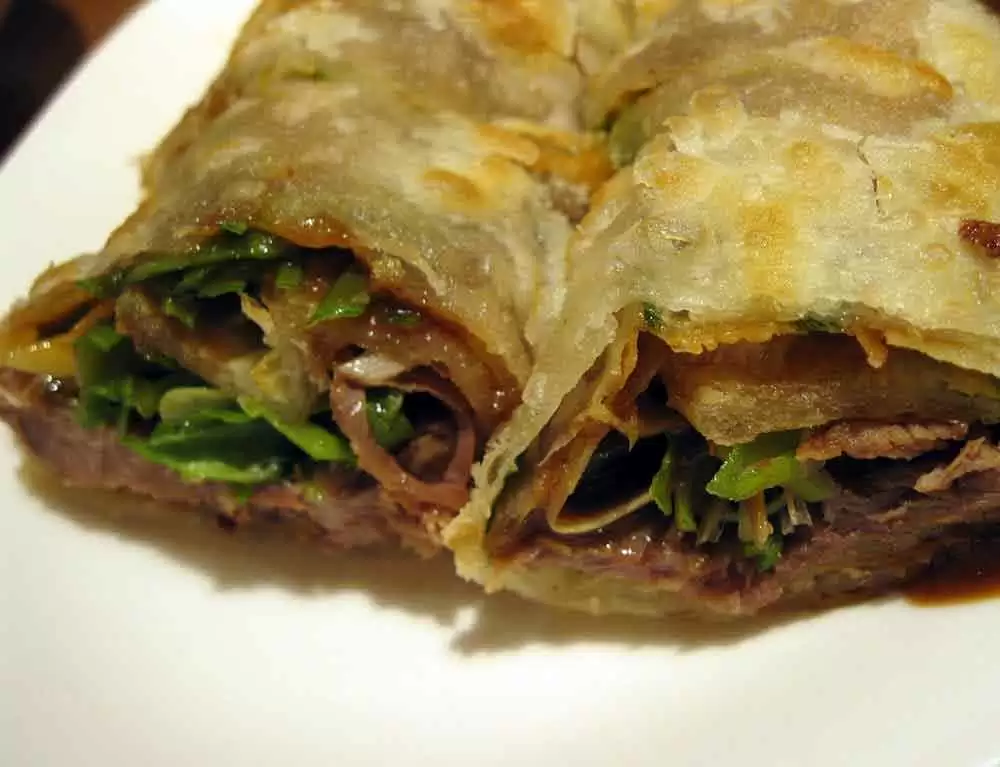
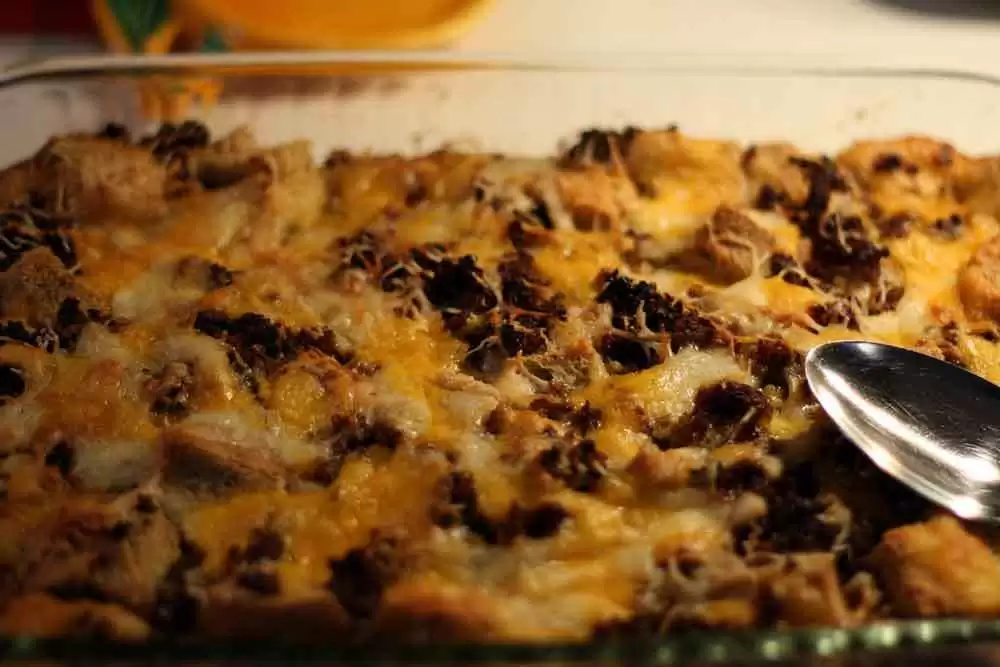

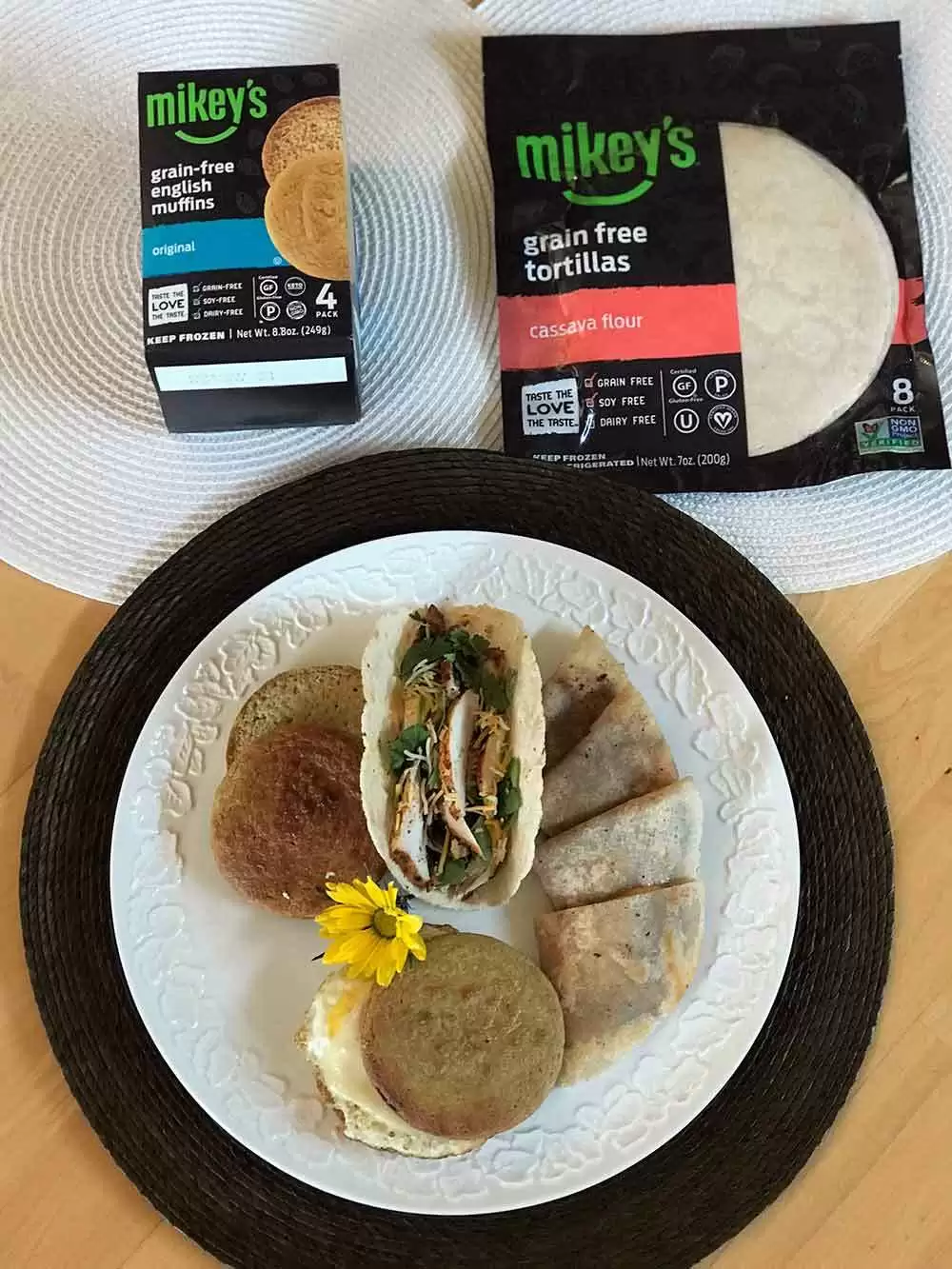

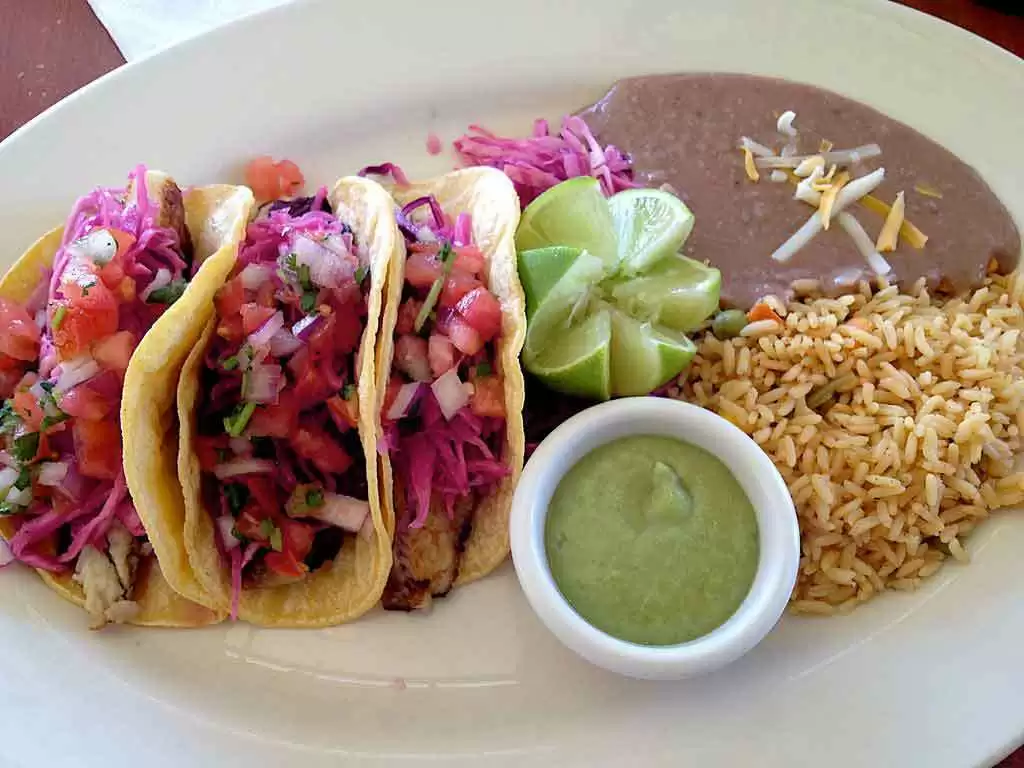



Recommended Comments
Create an account or sign in to comment
You need to be a member in order to leave a comment
Create an account
Sign up for a new account in our community. It's easy!
Register a new accountSign in
Already have an account? Sign in here.
Sign In Now